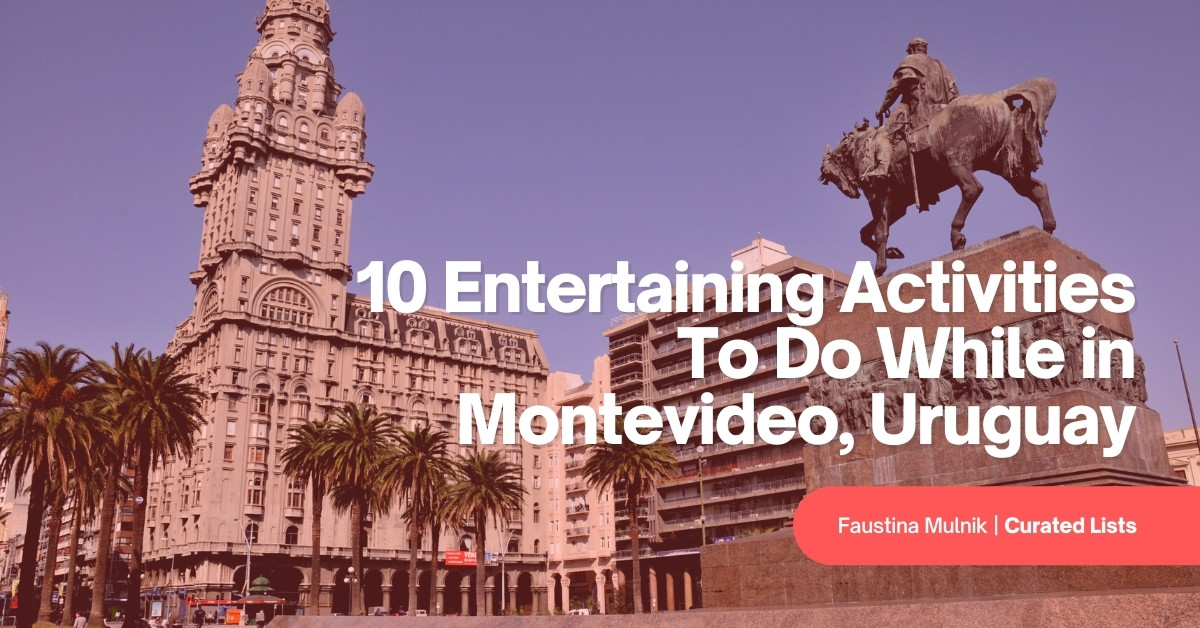
10 Entertaining Activities To Do While in Montevideo, Uruguay
Montevideo, Uruguay is a unique South American location filled with hidden gems of history, art, and leisure. Learn more about this incredible city’s culture, climate, and location in this post! Get ready to take a stroll through Montevideo’s most famous exhibits and museums with this list of engaging activities.
Let’s get started!
Montevideo, Uruguay: Location, Currency, and History
Montevideo is the principal city and capital of Uruguay. It was founded in 1726 by Bruno Mauricio de Zabala, the governor of Buenos Aires.
Montevideo, Uruguay currency is very different from U.S. money. 1 Uruguayan Peso is equal to 0.0227967 USD!
Map of Montevideo, Uruguay
Uruguay is located towards the bottom of South America on the side. As a result, Montevideo, Uruguay time falls under the UTC-3 Time Zone (UYT).
Environment
Montevideo, Uruguay weather features a temperate climate. This makes for a mild climate with temperatures staying around 50 – 80 degrees throughout the entire year! Most of Uruguay is made up of rolling plains and beautiful plateaus.
Fly in at the Montevideo, Uruguay Airport
Flights to Montevideo Uruguay come in at the Carrasco International Airport (MVD). This is the main airport in Uruguay and also its largest. When you visit and book your ticket, make sure you use this airport!
10 Cool Things to do in Montevideo, Uruguay
Here are the top 10 things to do when you find yourself in Montevideo, Uruguay!
1. Contemporary Art Space
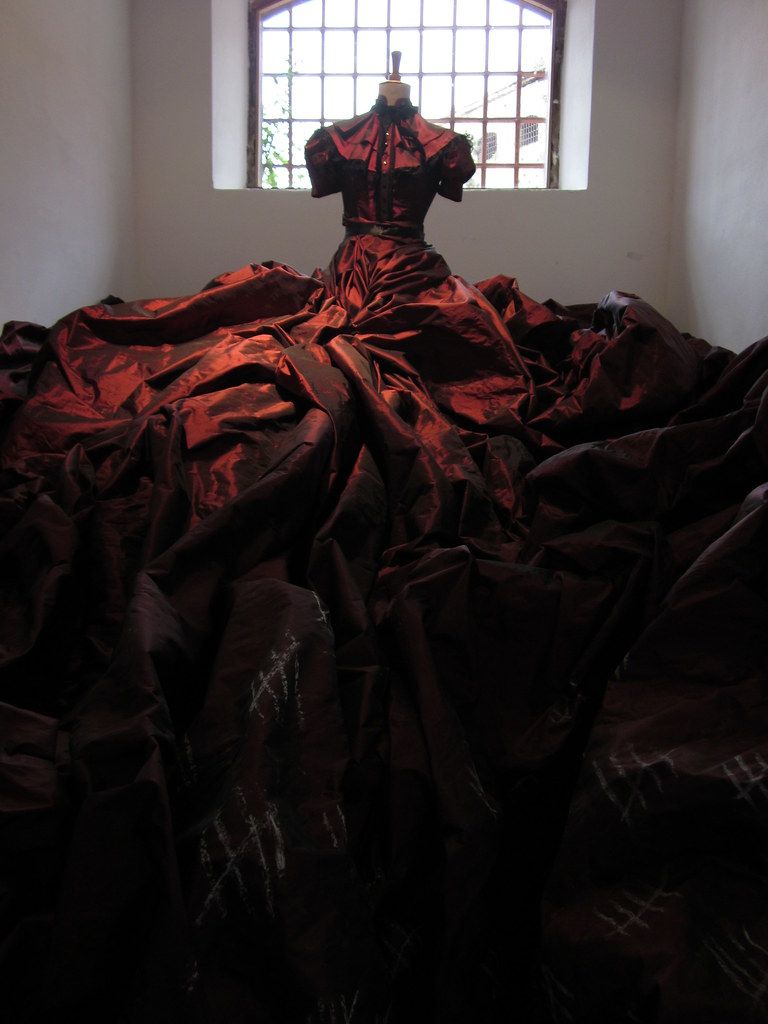
The Contemporary Art Space is actually housed in a former prison! The Miguelete prison is actually the oldest prison in Uruguay. For over 100 years, this building held prisoners within its cells. Now, it fills them with art!
Here you can find exhibitions on contemporary paintings, natural history items, and avant-garde pieces. This location opened to the public in 2010 for viewing. However, the ground floor remains untouched and continues to serve as a reminder of the building’s darker past.
2. Hill Fortress (Fortaleza del Cerro)
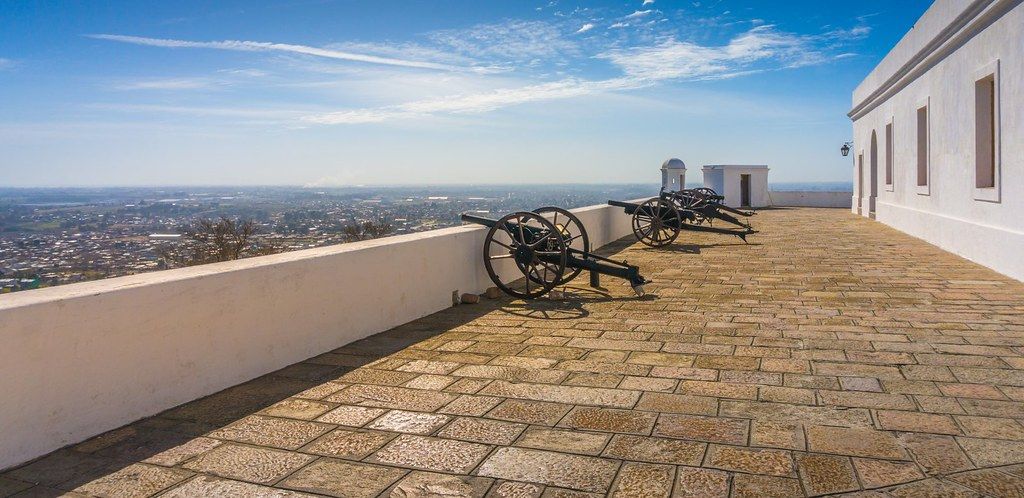
This white Spanish fort was first constructed in 1809 to help protect the city against naval attacks. However, it never saw battle and was eventually changed into a museum.
Fortress Hill stands 134 meters above sea level near Montevideo Bay.
Now, visitors flock here to visit the 19th-century Military Museum and lighthouse. Inside the museum, you can find a jail and a unique collection of uniforms, guns, photos, and documents. Outside, there is a military boat and stunning views of the Rio de la Plata.
3. Blanes Museum (Museo Blanes)
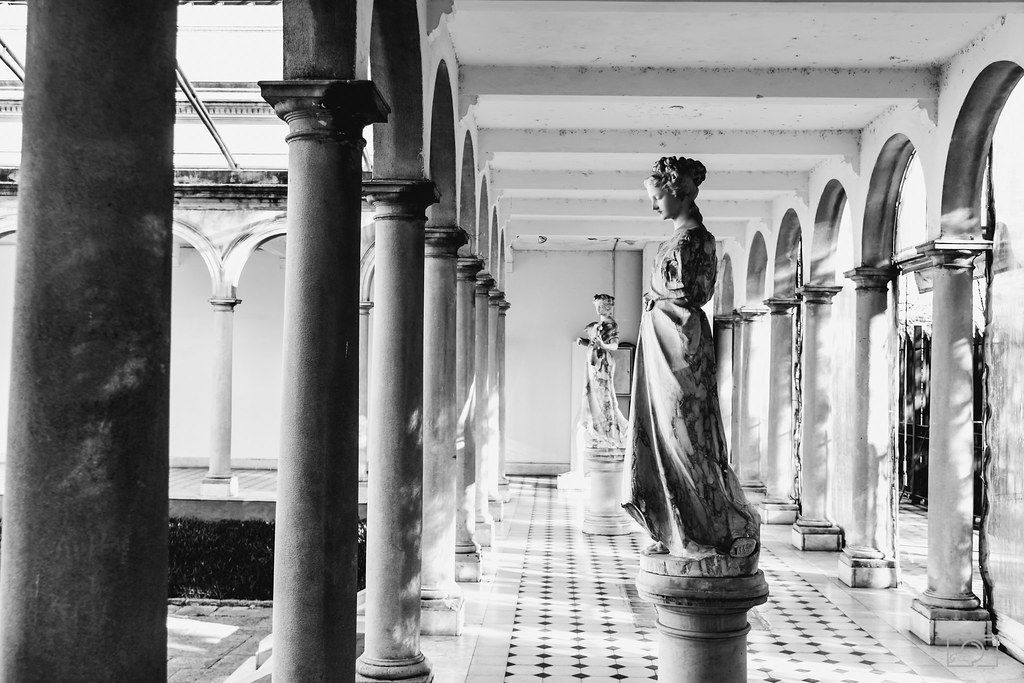
Museo Blanes is located in an old mansion. This mansion is so culturally significant that it was even designated as a National Heritage Site. The mansion has dozens of dirt trails that flow through its manicured gardens and patios.
The Blanes Museum is dedicated to Uruguay’s most famous painter: Juan Manuel Blanes. Blanes’s art was created in a realistic style. His art focused on political and military leaders from Uruguay and Argentina, often making portraits of them. Blanes was such a talented artist that his designs helped create the statue of Artigas, the father of Uruguayan independence. This statue found its way to the National Museum of Visual Arts in Washington D.C.
4. Pittamiglio Castle

From the front, Pittamiglio Castle is a red brick castle tower with a grand entrance. Once you pass through the doors you will discover over 50 rooms, more than 20 towers, and hundreds of unique architectural designs. From doors that lead to nowhere to ridiculously narrow corridors, this castle has everything a wandering history could ask for.
As an added bonus, the castle also now includes a museum, restaurant, and exhibition space. Try taking a guided tour of this building to uncover more about the fascinating legends and historic events that are linked to it.
5. Old City (Ciudad Vieja)
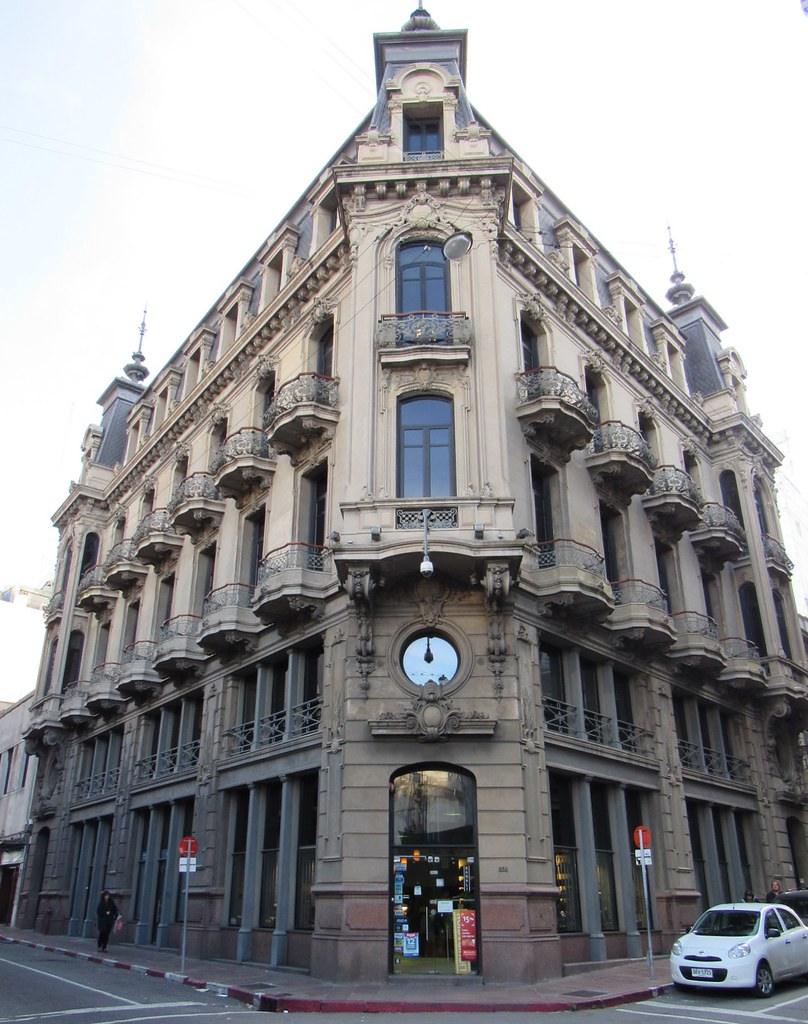
In the heart of Montevideo, you will find the Ciudad Vieja. In the center of this historic city lies the Plaza Independencia, a wide, palm-lined square. Underneath the plaza is the tomb of revolutionary leader Jose Gervasio Artigas. His grave is marked with a large statue to honor the father of Uruguayan independence.
Other major landmarks in the city include the Colonial House of Government, the home of Uruguay’s first president Fructuosa Rivera, an ornate cathedral, and the Colonial House of Government. Many of these buildings are filled with historic paintings, furniture, and antiques that you can view. Take a stroll through Uruguay’s history by visiting this old city!
6. Salvo Palace
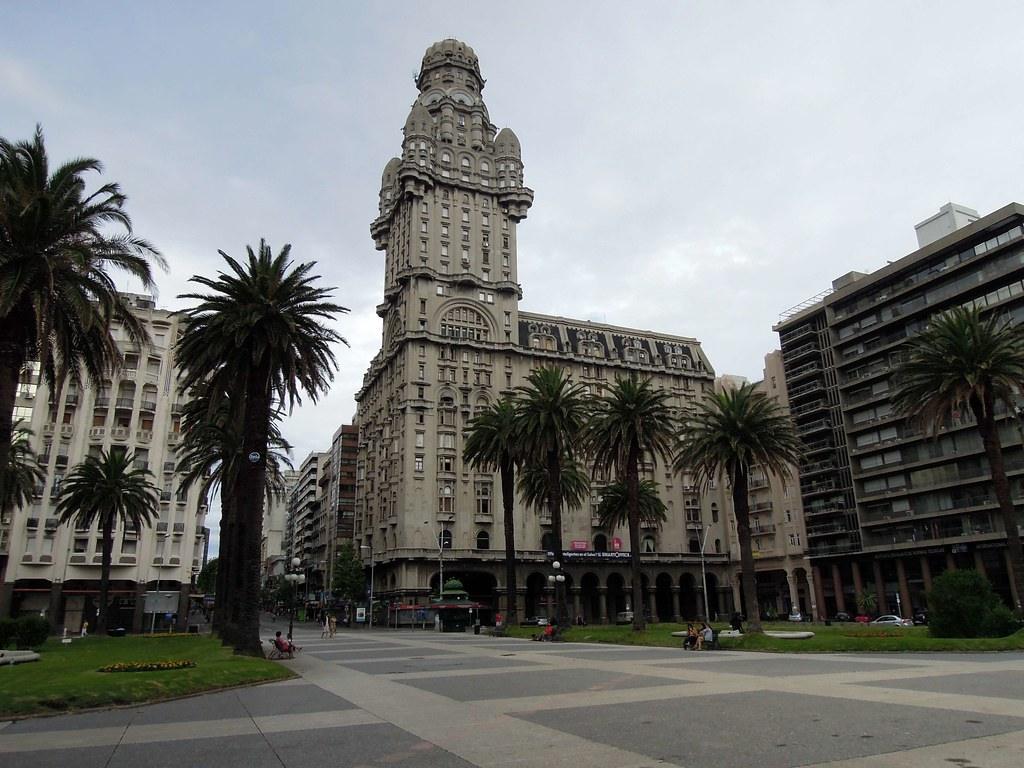
Salvo Palace was actually originally designed to be a hotel. Instead, however, it was turned into an office and residential space!
Don’t let the office theme fool you, inside this building is a shrine to Uruguayan culture in its Tango Museum. The museum may be small, but captures the history and culture of one of the most famous dances. The 1917 tango La Cumparsita was actually composed in a building that used to exist on the same grounds as the Salvo Palace.
Skip your way over to the museum for a new dance lesson!
7. Port Market (Mercado del Puerto)
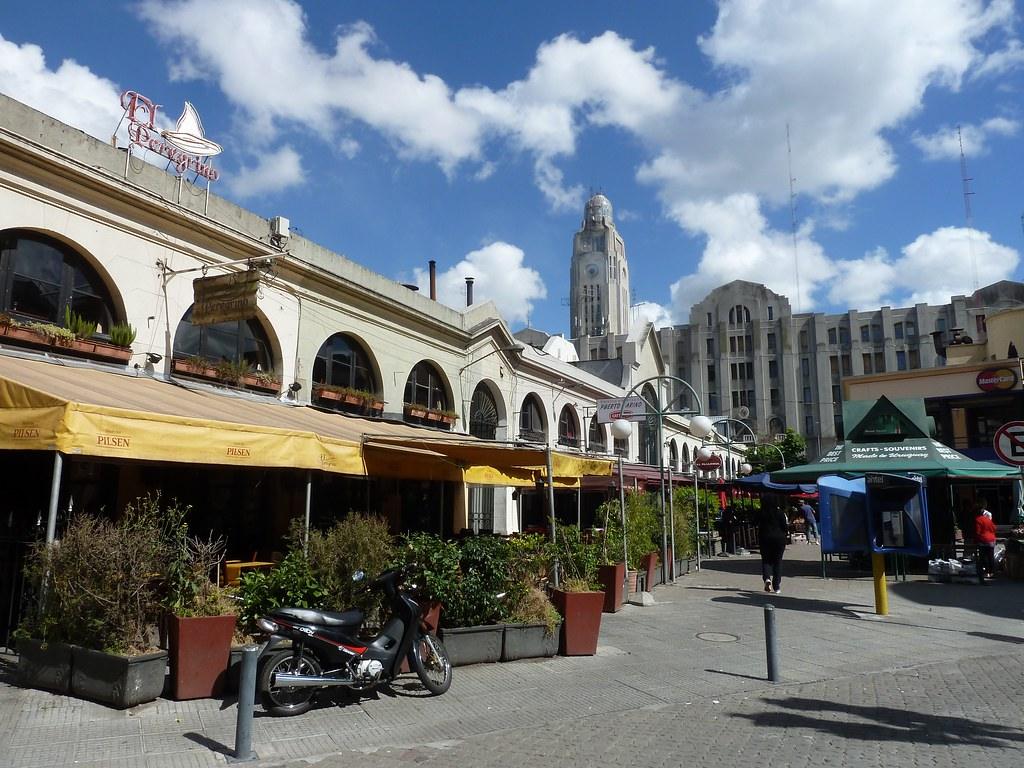
Marketplaces are a buzzing mixture of colors, flavors, and smells. Mercado del Puerto is no exception! This is the perfect place to find Uruguay’s best meat, pasta, and famous BBQ. Watch your meal be cooked in front of your own eyes on an open fire and with traditional spices.
This marketplace was established over 100 years ago and is now considered a National Historic Monument. The cuisine is a delicious mixture of Spanish, Italian, and Portuguese flavors that blend together. This port market is a great place to pick out authentic souvenirs from the talented artisans and crafters that congregate here.
8. Pocitos Beach (Playa Pocitos)
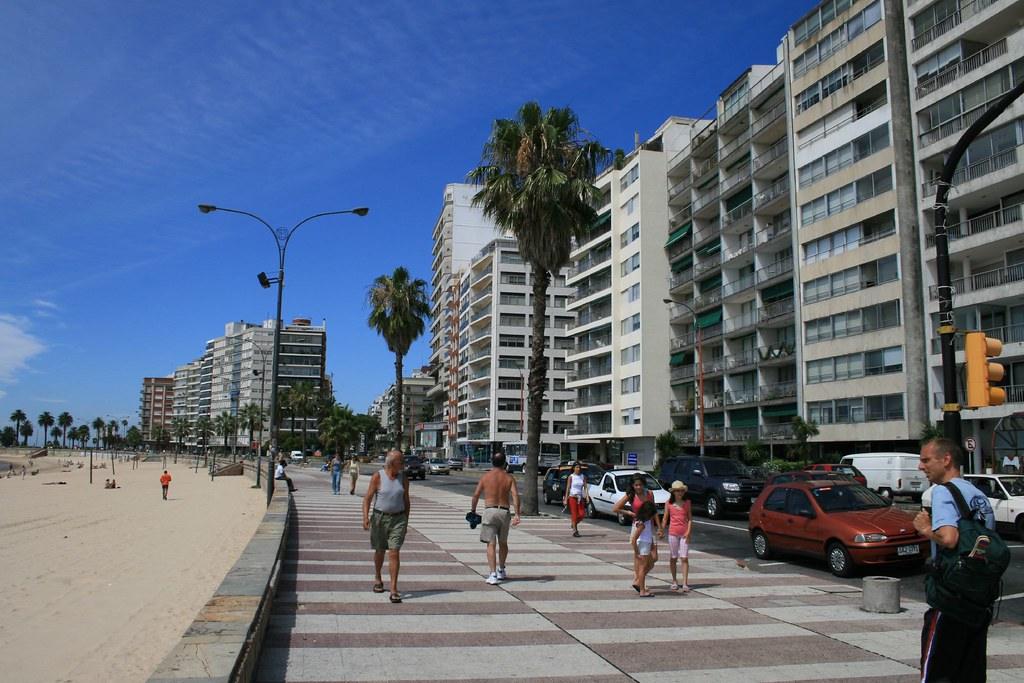
Pocitos is a famous summer vacation destination. This resort neighborhood is best known for its beach. Here, you can dive into the crisp ocean water or create your very own sandcastle on the beach. There is also a wide boulevard that is perfect for biking, walking, or jogging.
Pocitos beach hosts lots of entertaining events throughout the year so that there is always something fun to do. Also be sure to check out the luxury shops, fancy hotels, and delicious restaurants that surround the beach.
9. The Carnival Museum
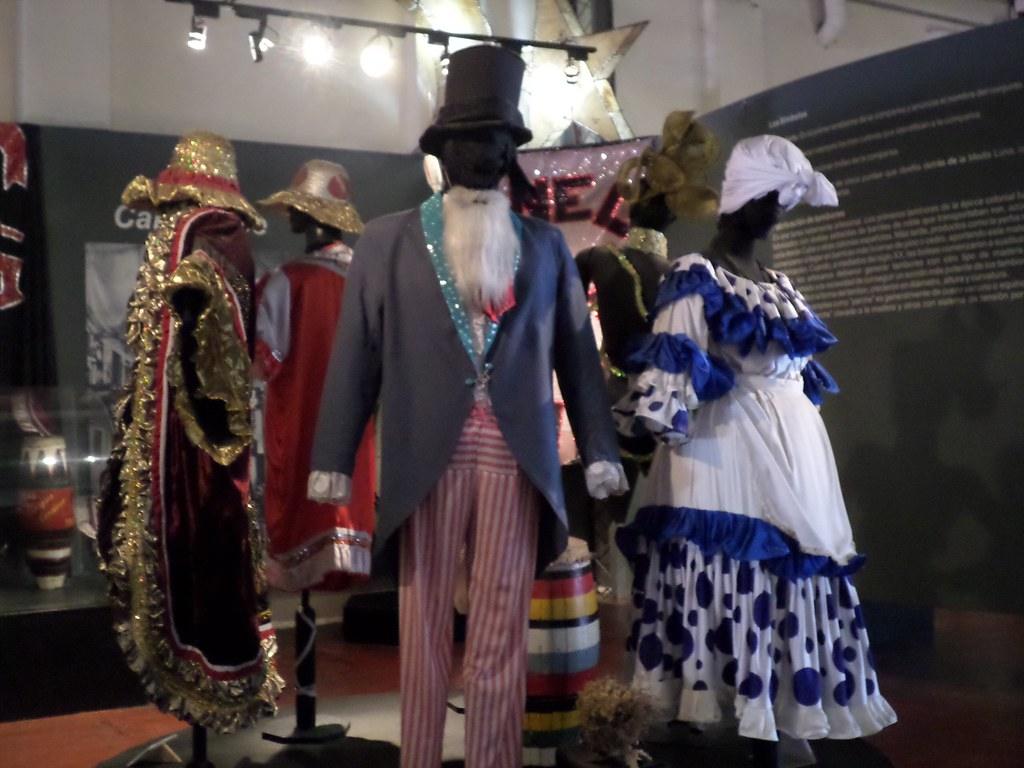
If you love all things circus and entertainment, then the Carnival Museum is perfect for you! Inside the museum, you can find showcases filled with colorful costumes, musical instruments, and funky vehicles from past festivals.
Uruguay loves its extensive Carnival celebrations. This event lasts for 40 days during the summer and consists of loud parades, huge celebrations, and lots of dancing. The festival takes place in streets, plazas, and any other outdoor venue available.
It wouldn’t be a museum without a little bit of history! The Carnival Museum dives deep into the festival’s African origins and even displays its exhibits in chronological order.
10. Prado Park
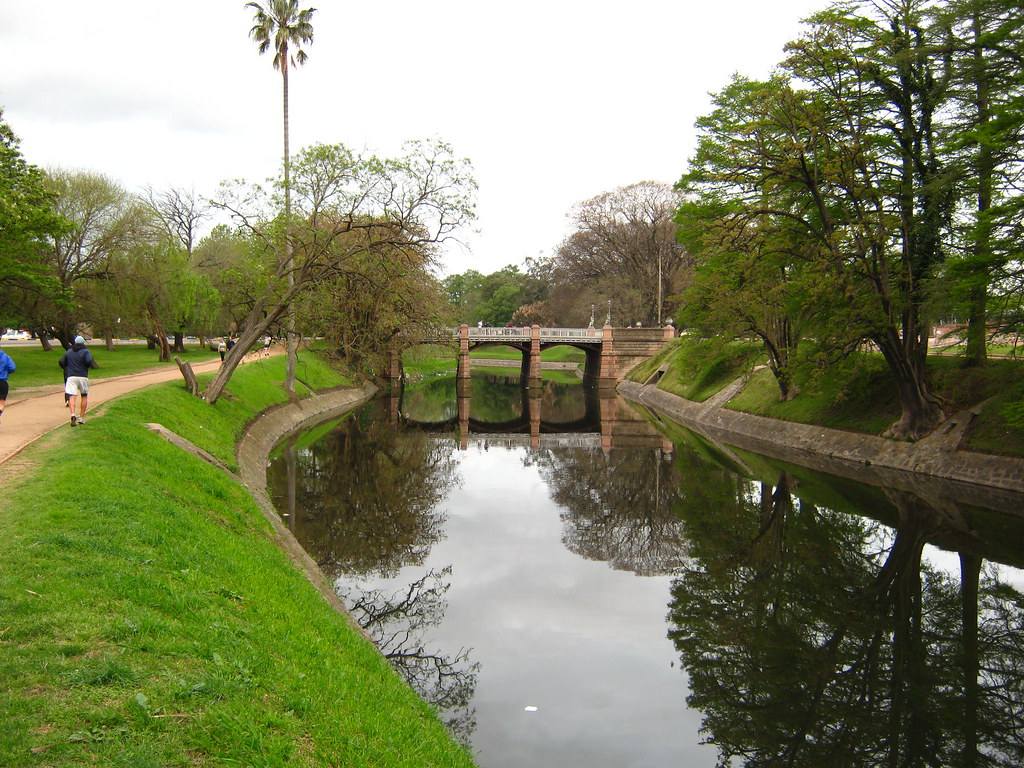
Who doesn’t love a peaceful walk through the park? Enjoy this leisurely activity in the largest urban park in Montevideo. Prado Park extends over more than 100 hectares with plenty of space for hammocking, picnics, and walks.
Enjoy the trickling sounds of water as it flows through the Miguelete Creek. Take a path through the Botanical Gardens located within the park to witness stunning rose gardens, arches, and greenhouses. The park is completely free so you can stay here as long as you would like!
Prepare for Your Visit With a Free Spanish Class
Prepare yourself for an unforgettable trip to Montevideo, Uruguay by signing up for a free Spanish class! Come visit Montevideo’s stunning parks, authentic museums, and historic cities.
All of our teachers are native Spanish speakers so they can teach you the most essential travel vocabulary and phrases. With over 20 Spanish-speaking countries in the world, learning this language opens up the door to hundreds of travel opportunities. Sign up for your free trial class today and explore all that Montevideo has to offer!
Want to learn more about Latin American culture? Check out our latest posts!
- The Best Spanish Learning Podcasts for Kids
- 12 Contemporary Spanish Female Artists Who Will Empower You
- The History and Significance of Guatemalan Jade
- Are Bilingual Children More Likely to Experience a Speech or Language Delay?
- Top 10 Places to Visit in Guatemala City, Guatemala
- Learn About Hispanic History: Were Hispanics Slaves?
- Celebrating Culture and Joy: The Magic of Carnival in Spanish-Speaking Countries
- 15 Mouth-Watering National Dishes of Latin America
- How to Talk About the Temperature in Spanish: Fahrenheit, Celcius, and Descriptions - February 8, 2024
- How To Use the Spanish Verb ‘Parecer’ - February 12, 2023
- How To Write Dates in Spanish - January 28, 2023





